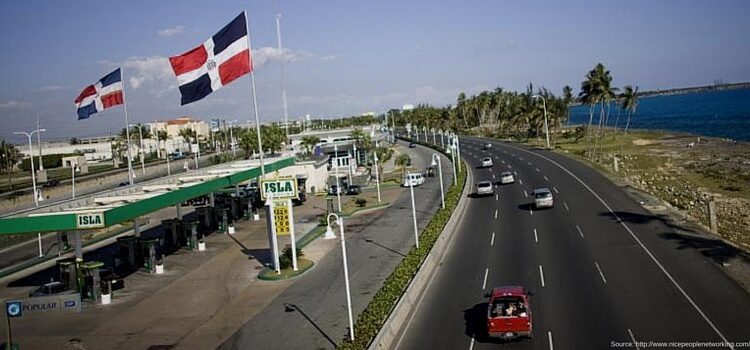The Dominican Republic’s economic activity slowed down in the first half of 2023, with an accumulated growth rate of just 1.2%. The percentage is lower than the accumulated average of 5.6% exhibited in the same period last year.
In June, the Monthly Indicator of Economic Activity (IMAE) barely stood at 0.1% year-on-year. However, the government assures that in the coming months an increase in economic activity is expected, given the implementation of monetary stimulus policies by the Central Bank of the Dominican Republic.
However, the decisions of the Federal Reserve of the United States on its interest rates paint a picture of international uncertainty. Chairman Jerome Powell said on Friday that the regulator will continue to keep rates high until inflation is tamed, although he opened the door to a possible pause in hikes.
“We are prepared to raise rates further if appropriate and intend to keep policy at a restrictive level until we are confident that inflation is sustainably falling towards our objective,” Powell said in a keynote address to an annual meeting of central bankers.
After 12 consecutive months of falls, the inflation rate in the United States rose two tenths in July and stood at 3.2%.
After stopping in June, the Federal Reserve resumed interest rate hikes in July and raised rates by 0.25 percentage points. Thus, rates went to a range of between 5.25 and 5.5%, their highest level since 2001.
The Central Bank of the Dominican Republic has been maintaining its monetary policy interest rate at 7.75% per year for two months.
“This pause in the cycle of interest rate cuts takes into account the uncertainties arising from the international environment in a context in which domestic inflation is in the center of the target range of 4.0%–1.0% as a result of the monetary and fiscal policies implemented, as well as lower domestic demand pressures,” the bank said in its latest monetary policy advisory.


















